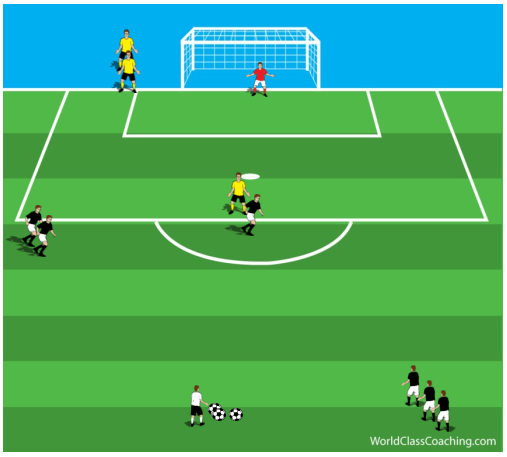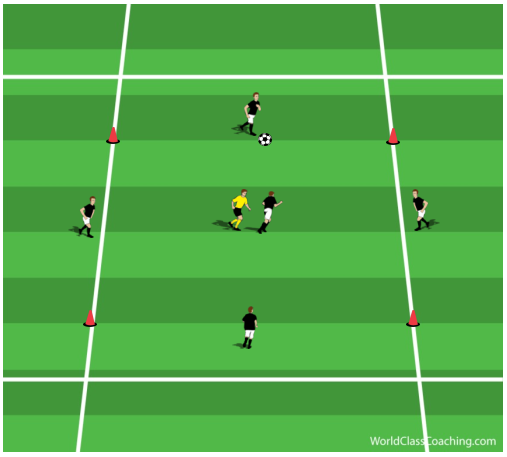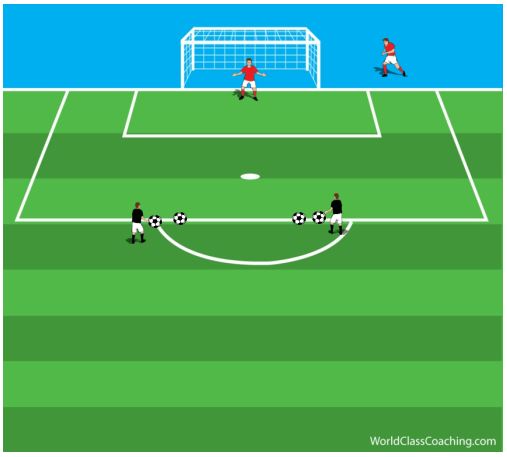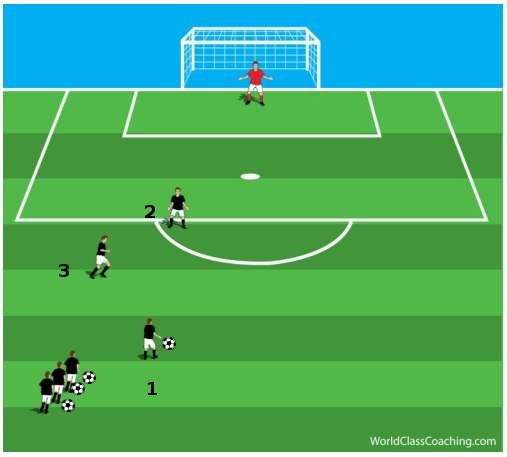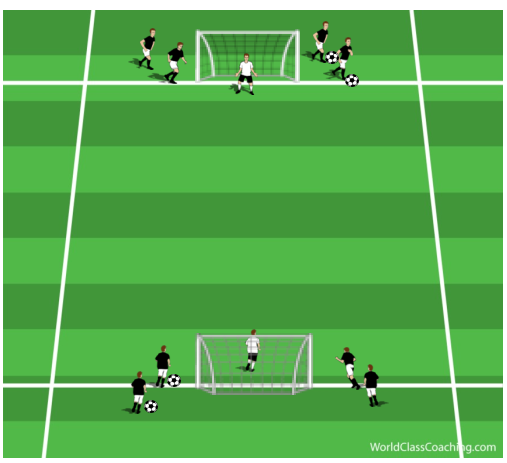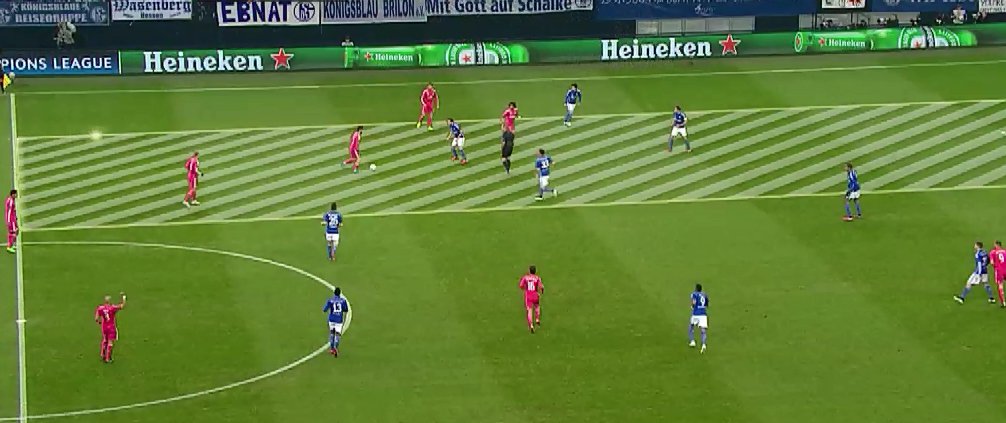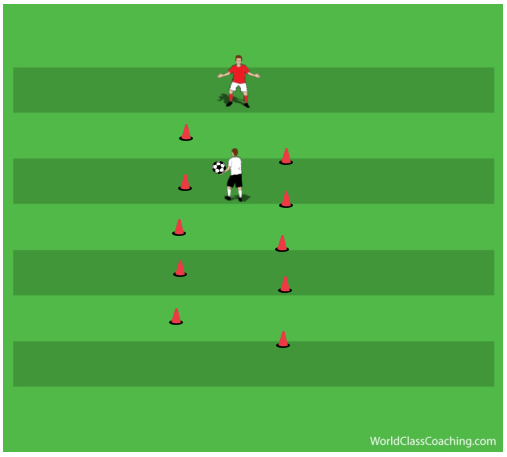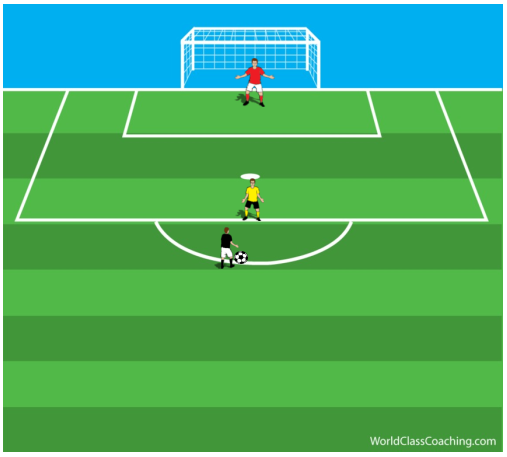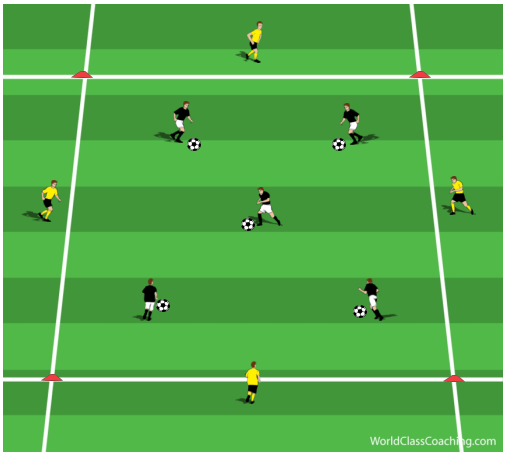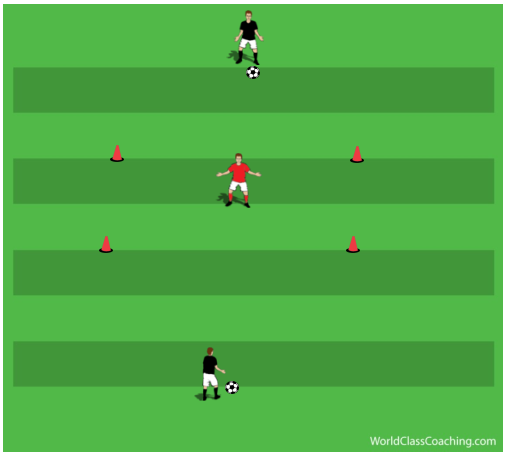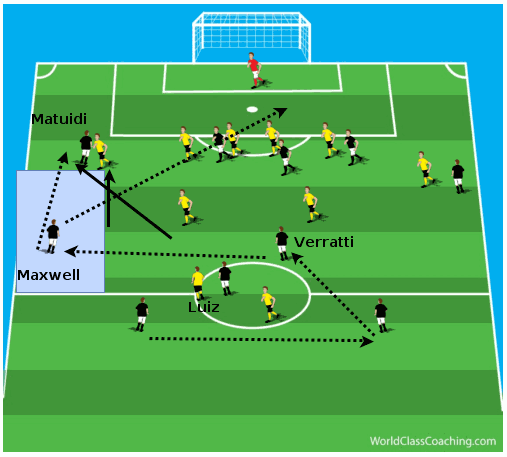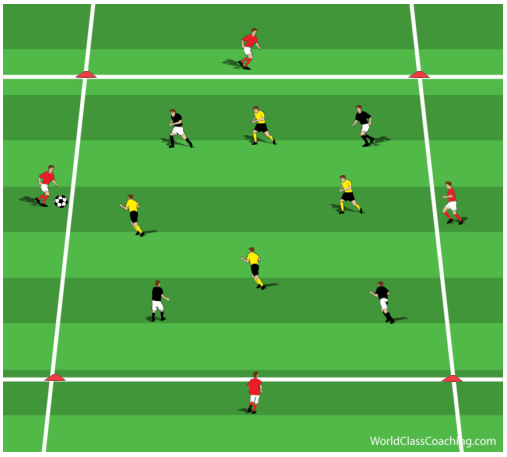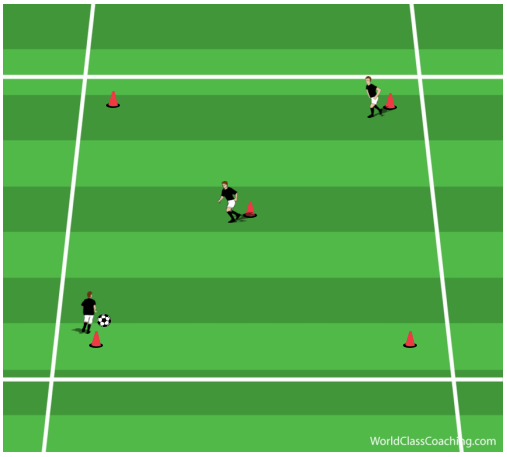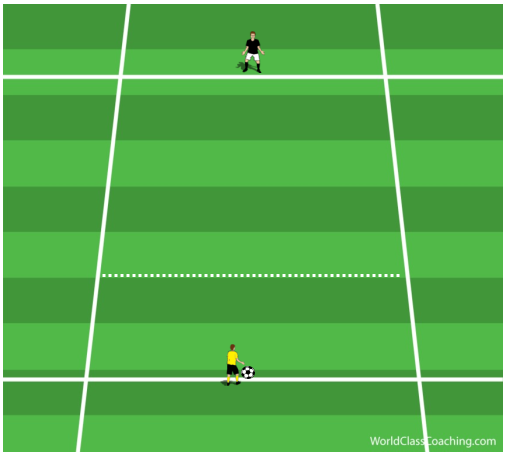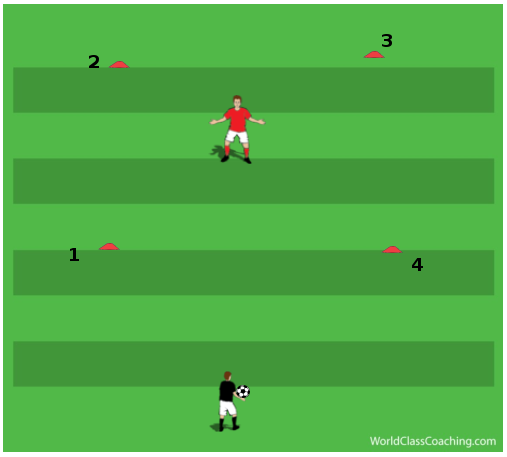Switching the Play
By Sean Pearson
Session Length: 90 mins
This session focuses on players recognizing when, where are how to move the ball away from pressure on one side of the field to a point on the other side of the field to attack from. One of my frustrations with players is not seeing the ‘bigger picture’ of the situation in front of them when the space around them is crowded. Players either force the ball further into the ‘scrum’ or if the ball gets passes out or pressure, because of a lack of awareness and incorrect body position the player receiving this ball, plays the next pass back where it has come from. The end result? Usually a loss of possession. So below I talk about when to switch the ball, player movement to help the switch and where to attack from after the switch. The reason I talk about this last point is the point of a switch is to change the point of attack to create a scoring chance, not to just keep possession by going back and forth over and over again.
Warm Up: 10 mins
Use a basic passing warm up to get players moving, receiving, passing and making decision.
- 3 teams passing to only their own team, everybody on two touch. So players have to move to see the ball and make decisions on where and when the ball can be played,
- Players can pass to anyone but if they receive from the same color they keep the ball, if they receive from a different color they must play a one time pass back, but it can’t be in the same direction.

